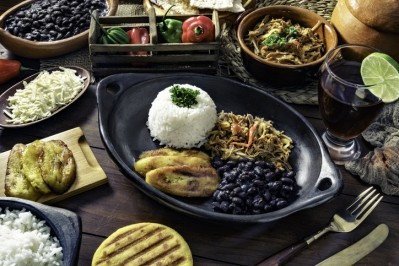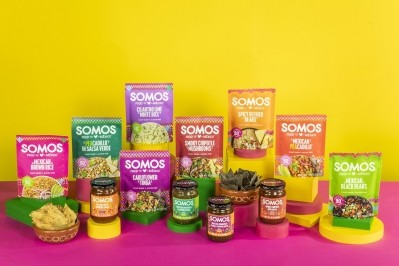Balance consumer demand for innovation & authenticity by providing cultural context for new offerings

The practice of the dominant culture deeming ingredients or cooking styles as “emerging” or trendy when, in fact, they have been used for generations as essential components of everyday cooking in cultures that are not acknowledged, or sometimes flat-out dismissed, has come under the spotlight in the past year. Similarly, chefs and companies increasingly are being called out with significant consequences for putting “a unique spin” on a dish, spice blend or food without recognizing the original version’s cultural value.
While this shift shines a light on the value and origins of different cooking styles and “ethnic” foods, it also raises the bar for manufacturers and restaurants to respectfully balance authenticity with other consumer needs, such as dietary restrictions, as well as their own notoriously tight margins with mainstream Americans’ varying levels of adventurousness or willingness to try something out of their current comfort zone.
Despite these challenges, authenticity and innovation can co-exist, according to stakeholders gathered by the Food Institute this week for a webinar on The Rise of International Cuisine & Flavors in the US.
In fact, the awakening of many Americans to the authentic roots of dishes and cooking styles or the traditional uses for new-to-them ingredients has created space to innovate in ways that are more true to different culturals, Rob Wilder, co-founder, vice chairman and chief strategy officer of ThinkFoodGroup, said.
He explained that as consumers have taken a “more cerebral approach in our foodie evolution” they have become more interested in digging deeper into the culture surrounding different cuisines. So, instead of being satisfied with eating Mexican food, they now want authentic dishes from specific regions of Mexico and to better understand the role those foods play in other cultures.
This evolution allowed ThinkFoodGroup to introduce to accolades from patrons a popular Mexican street food made with crickets at one of its restaurants – something that would not have been possible several years earlier when the restaurant first opened because at that time Americans weren’t as knowledgeable about the value different cultures place on ingredients that to them were unfamiliar.
Sameer Malhotra, CEO and co-founder of Café Spice Global Cuisine, agreed, noting that his company recently launched at Whole Foods a ghee roasted chicken “that been a big hit,” along with a line of “toasties” or sandwiches made with naan that are now possible because Americans are getting out of their comfort zone – making it possible to innovate in a way that is more authentic.
But innovation doesn’t always have to be about introducing new ingredients or finished dishes. It can also be about removing ingredients or altering how products are packaged or processed to create a more accessible, but still respectful, product, said Nona Lim, founder and CEO of her eponymous Asian food CPG company.
“When I think about innovation, I look at it four different ways,” she said. “You could innovate on the actual flavor profile, you could innovate with the types of ingredients, you could innovate on packaging and format. And with all of those you could still have that authenticity.”
For example, she noted that Nona Lim’s Coconut Lime Bone Broth draws on the authentic flavors of tom kha gai, which is very Thai-centric, “but we make it without certain ingredients or with no preservatives.”
Similarly, Nona Lim offers a vegan pad Thai stir fry kit, “which you could argue that traditionally pad Thai has fish sauce, but we decided that we could still actually replicate a lot of the same flavors without adding fish sauce because we wanted to provide our consumers with that versatility.”
Finally she noted, historically rice noodles at retail are mostly shelf stable, but Nona Lim wanted to offer retail consumers the flavor and texture of fresh rice noodles often found at restaurants. She did this by innovating around packaging and pasteurization so that she could offer retailers fresh noodles with a long shelf life but without preservatives.
Ultimately, finding a balance between authenticity and innovation is possible, but requires an open mind to different approaches of evolution while still grounding products, flavors and dishes in cultural context.

















